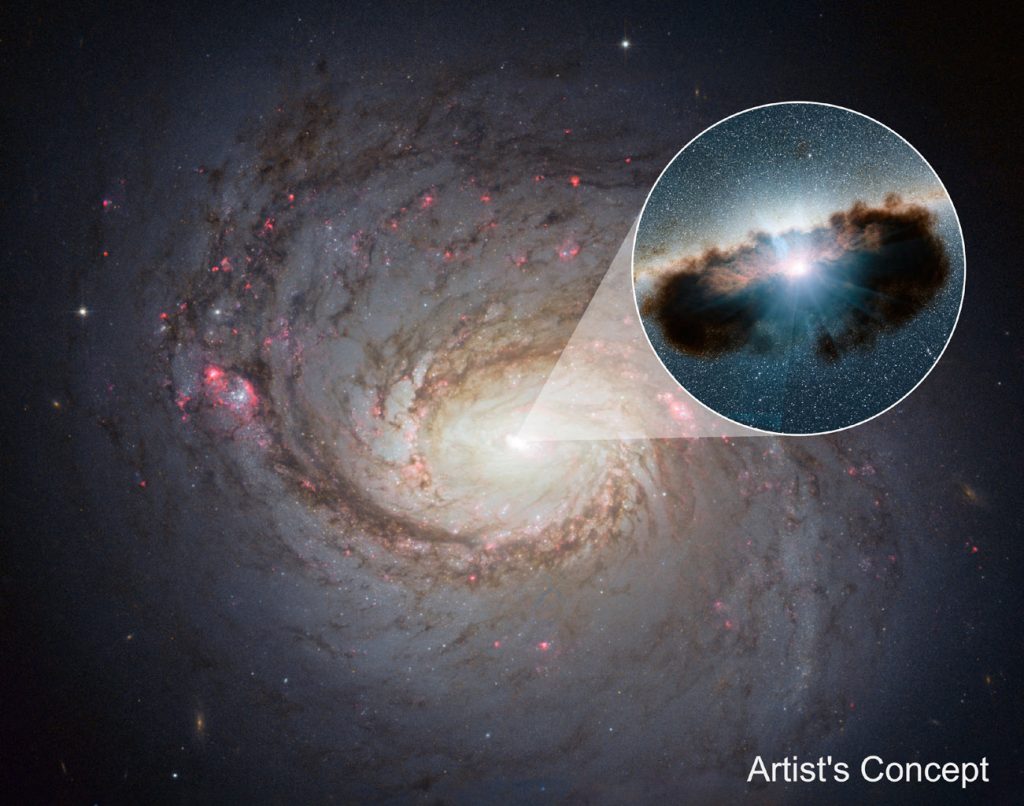On January 25th 2021, Pablo del Mazo Sevillano has defended in the Autonomous University of Madrid his PhD work entitled “Superficie de energía potencial y dinámica para la reacción H2CO + OH” (Potential Energy Surface and Dynamics for H2CO + OH reaction) supervised by professors Octavio Roncero Villa (IFF-CSIC) and Alfredo Aguado Gómez (UAM). Congratulations!
In this text, he explains the content of his tesis:
“The mechanism by which complex organic molecules (COMs) are found in the dense molecular clouds in the interstellar medium (ISM) has been assumed to proceed through their formation on ices. Later, as these ices evolve to hotter regions, the COMs would be released to the gas phase. Nevertheless, this complex organic molecules have been found in cold regions, shielded from UV-radiation, so it is mandatory to rethink this process.
One possible explanation comes from the results shown by CRESU experiment. In particular, it has been found that reactions between COMs and OH exhibit a huge increase in their kinetic rate constants as temperature decreases, what is surprising for reactions that usually present a barrier, hence should have an Arrhenius-like behavior. This opens the possibility of gas phase reactivity that has been previously dismissed. Unfortunately, there is no current experimental setup that can reproduce the conditions found in the ISM, in particular, the low pressure, so it is not possible to calculate the zero-pressure kinetic rate constants to be used in the astrochemical models. It is here that we can take some advantage from the computational simulations, since it is much easier to reproduce this low pressure conditions. In this PhD work we have focused on the simulation of the reactive process between H2CO + OH to form HCO + H2O and HCOOH + H, to evaluate the zero-pressure kinetic rate constants and provide a dynamical explanation of its behavior with temperature.
The dynamical simulation of a reactive process usually involves two steps:
First we must obtain the potential energy surface (PES) of the process. The PES is a function that encodes the energy for every nuclear configuration the system can reach during the simulation. It is from this function that the classical forces the system experience emerge, so a correct description of this function is crucial. In this work we have explored and propose different methodologies to express this function, with special interest in the use of artificial neural networks (ANN). ANNs are functions that present huge flexibility along with a short evaluation time, what makes them an excellent alternative to describe a PES.
The second step is the dynamical simulation itself. Once the interactions between particles are known (the PES) it is possible simulate collisions between the reactive partners and determine whether they react or not. From this, the kinetic rate constant can be calculated. In this work we have employed two methods: a quassiclassical trajectory method (including the zero-point energy of the reactants only at the beginning of dynamical calculations) and a Ring-polymer Molecular dynamics (RPMD) method (based on path integral and including quantum effects through the use of replicas or beads), to include quantum effects important at the low temperatures considered, such as zero-point energy and tunneling. We found two key aspects that explain the increase of the kinetic rate constant for HCO + H2O formation as temperature lowers. On the one hand, due to the permanent dipole moment present in both reactants there is a very efficient capture mechanism at long distances. That way, reactants that are far away feel each other and start approaching until they finally collide. On the other hand, during this approach and finally collision, translational energy is transferred to rotation and vibration. This means that once the energy transfer is produced, it is not so easy for the system to redissociate back to reactants and the system gets trap for long times in a reactive complex. During this time the system has plenty of time to explore the configuration space, increasing the probability that reaction may take place. This is the mayor reaction mechanism for temperatures below 200 K, as has been found both experimentally and theoretically. Above this temperature, the direct mechanism becomes more important, leading to the well-known Arrhenius behavior”.

Representation of a PES (blue surface) over which a trajectory is being propagated (red line). Molecular geometries along the trajectory are shown.






